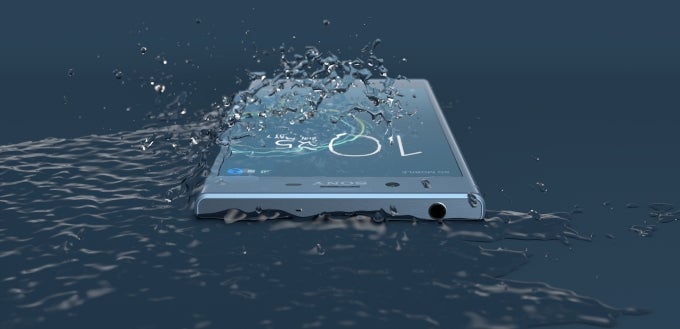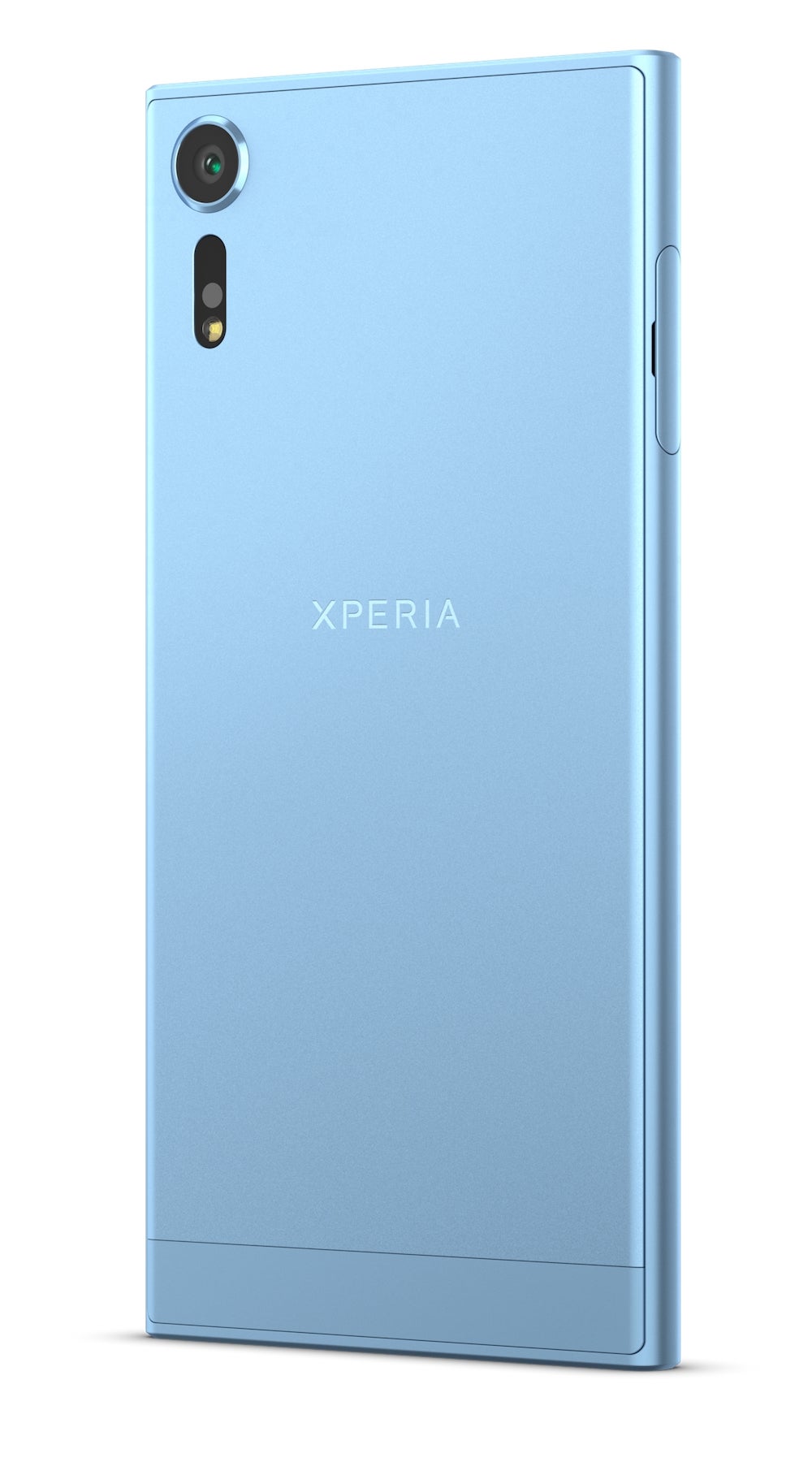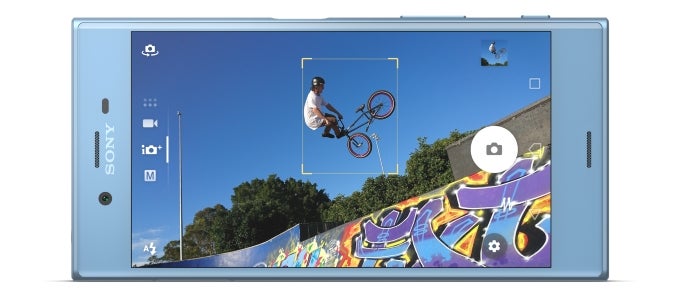The Sony Xperia XZs is the upgrade to Sony's 2016 flagship – the Xperia XZ. Or at least that's what it should've been. What we got instead is almost the same phone with a slightly improved camera. That pretty much covers the device, but let's go a bit in-depth with its specs sheet and see why exactly.
Design
The body of the Xperia XZs is completely indistinguishable from that of the Xperia XZ, save for the camera lens. It features the same rectangular design that Sony has been using for ages, with sharp corners and flat front and back. It measures at 5.75 x 2.83 x 0.32 inches (146 x 72 x 8.1 mm) and weighs 5.68 oz (161 g), exactly like its predecessor. The only difference in the body is the bigger camera lens on the back.
The fingerprint scanner (which is still unavailable for the US versions) still sits on the power button on the side, which will cause you plenty of problems if you're using a thicker case. The same side houses the volume rockers and the camer shutter button, while on the left we find the lone SIM tray, combined with the MicroSD slot.
Display
The Xperia XZs comes with a 5.2-inch display with resolution of 1080 x 1920 pixels, making for the okay pixel density of 424 ppi. It's not a VR-worthy display, but it will be good enough for most other use cases. It also appears it's using the same LCD panel we found on the Xperia XZ a few months ago, so nothing new there.
Hardware
Processor
The Xperia XZs comes with Qualcomm Snapdragon 820, which is yet another aspect of the phone that Sony left untouched since last year. Considering Sony is shying away from major changes here, we can assume that the software will be the same too, and we were not completely satisfied with its optimization last time we used the XZ with Nougat. So, let's keep our fingers crossed that some updates were introduced to improve the overall performance of the device.
The Adreno 530 GPU should do the trick for most, if not all, games out on Android, so we have no complaints there.
Memory
Memory is one department where Sony actually changed something – the Japanese OEM added another extra gigabyte of RAM, for a total of 4 GB. Storage remained at 32 GB for the single-SIM variation, but the international dual-SIM sits at 64 GB. This makes us believe that if you want the extra SIM, you will have to wave goodbye to the MicroSD slot that supports cards with up to 256 GB of capacity.
Battery
The 2,900 mAh battery makes its return. And last year it did okay, but not great by any standards. To be perfectly honest, we'd expect that Sony would increase the battery's capacity, at least by a little bit, but it appears that this aspect of the handset remained the same as before too.
Sony did take notes, though, and added something the XZ desparately needed – Quick Charge 3.0 support. The recharge times of the 2016 flagship were painfully slow, taking nearly three hours to reach 100%. We hope the Quick Charge support will improve this significantly.
Camera
We finally reached the big change – the camera. The rear-facing camera employs Sony's new sensor, capable of shooting 960 fps video, making for some stunning super slow-motion shots. And we all know everything is better in slow motion. Other than that, it should improve on photos of fast-moving objects, such as cars, trains, birds, etc.
The 13 MP selfie camera appears to be somewhat standard, with nothing exciting showing up in the specs sheet.
Expectations
It's hard to talk about expectations with the XZs. We've already seen what it's capable of when Sony launched the Xperia XZ. The only notable difference here would be the superior camera. If you're in the market for a Sony smartphone, and you own a flagship that's a few years old, the XZs is not a bad choice. If you already own an XZ and want to upgrade it with a better Sony, though, definitely go for the XZ Premium, as the XZs has nothing to offer you.














Things that are NOT allowed: